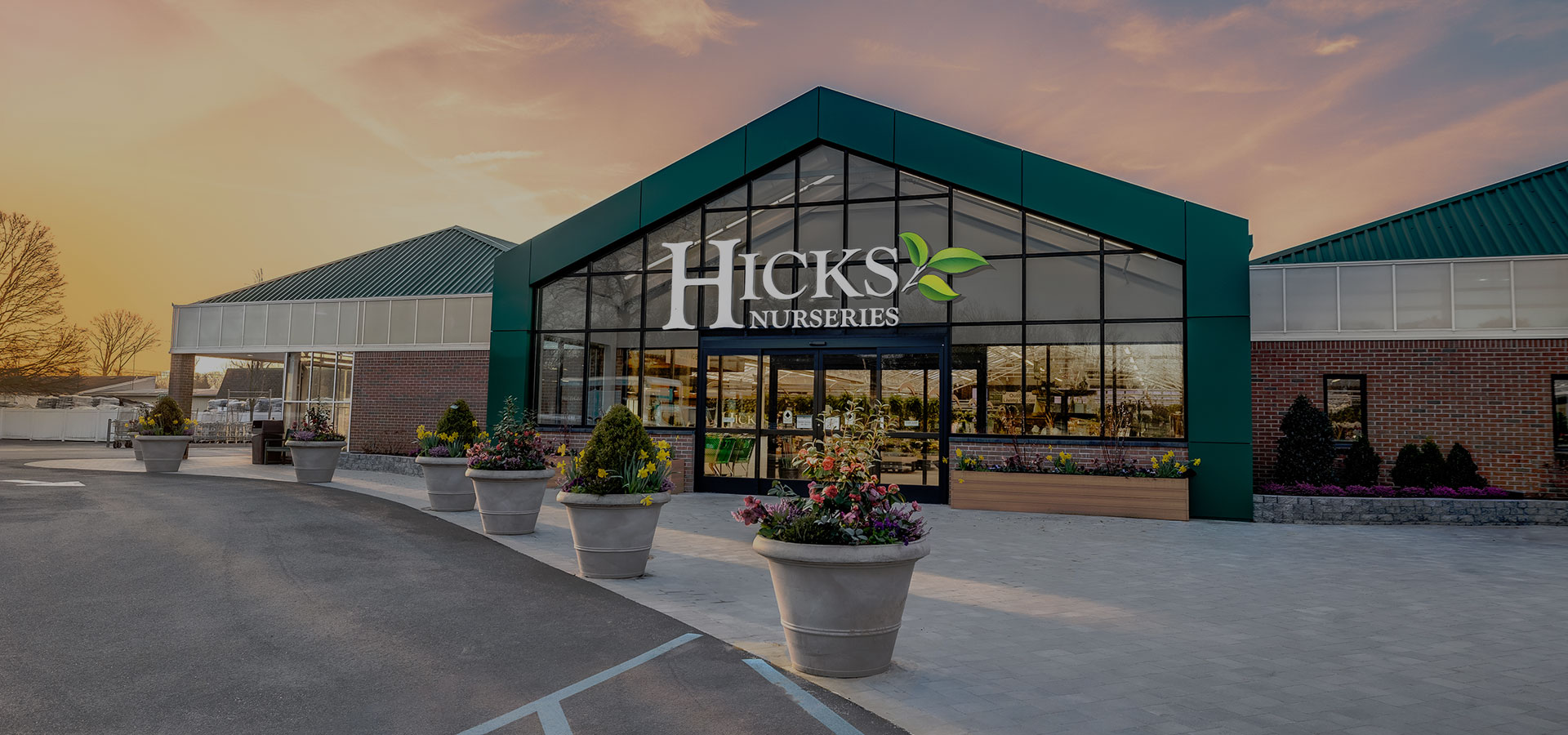[vc_row][vc_column][vc_column_text]If you’ve ever found yourself in a restaurant yelling small talk to other parties at your table then you understand just how important acoustics can be to the overall dining experience. According to a Vox chat with Washington Post restaurant critic, Tom Sietsema, noise is “by far” his chief complaint about the restaurants he reviews.
Then why is it that most of us have found ourselves in this situation – probably more than once? Modern, minimalist, and industrial design trends mean hard materials dominate surfaces in today’s commercial spaces. The use of so much wood, metal, and glass, not to mention restaurants taking over industrial spaces with high ceilings, all result in a lot of loud spaces. Add to that a restaurant’s need for durable and cleanable (non-porous) surfaces, and suddenly there are few opportunities available for acoustic treatment.
A restaurant does need some level of noise. If a restaurant is too quiet it doesn’t feel busy and conversations lose privacy. So how do restaurants incorporate the right noise balance while utilizing modern design aesthetics? How do they achieve what some in the industry refer to as “the hubbub,” that soft murmur of conversations?[/vc_column_text][/vc_column][/vc_row][vc_row][vc_column][movedo_title increase_heading=”120″]Acoustic Design Early and Often[/movedo_title][vc_column_text]Often times restaurant acoustics are an afterthought. It’s not until after opening, when patrons (even service staff) complain, that owners scramble to find a way to retrofit the proper sound solutions into the already completed design. On the flip side, if the acoustics are considered in the original plan it’s not unusual for those treatments to be some of the first pieces cut when trimming the budget.
“In nearly all restaurants the main issues are intelligibility, volume, and reverberation; in everyday terms that means a loud, cave-like sound where it’s impossible to understand what anyone says.” – Hanson Hsu | DHDI
It can be difficult and expensive to implement acoustics changes after the fact, so it’s important for restaurants to incorporate acoustics planning early in the design of the space. No, it doesn’t mean curtains and carpet are back but it does mean looking at everything in the design of the space from where the espresso machine is located to the door between front and back of house to seat covering to flooring.[/vc_column_text][/vc_column][/vc_row][vc_row][vc_column][movedo_single_image image=”29207″ retina_image=”29207″][vc_empty_space height=”8px”][vc_column_text]© LightArt[/vc_column_text][/vc_column][/vc_row][vc_row][vc_column][movedo_title increase_heading=”120″]Innovative Methods[/movedo_title][vc_column_text]Light(er) Sound
Seattle-based LightArt has developed a tasteful and functional line of lighting products (shown above) geared toward sound absorption that’s much more stylish than big foam panels. As they state, the product line “provides an opportunity to put an acoustic solution closer to the source of noise for optimal sound absorption.”
The collection features lights in a variety of modern-leaning shapes and sizes, with direct and indirect options. Each lighting style is available in a dozen or so colors of Sola Felt, a sound absorbing material made from 50% post-consumer recycled PET. In fact, Sola Felt includes a whole other line of minimalistic sound absorbing products including geometric wall coverings and partitions, baffles, and ceiling features.[/vc_column_text][/vc_column][/vc_row][vc_row][vc_column width=”1/2″][movedo_single_image image=”28385″ retina_image=”28385″][vc_empty_space height=”8px”][vc_column_text]© BuzziSpace[/vc_column_text][/vc_column][vc_column width=”1/2″][vc_column_text]Go Green
Though primarily positioned for office environments, BuzziSpace has developed a natural sound absorbing wall feature (left) that incorporates materials found in nature, like moss, with upholstered panels. The result is a low maintenance, botanical, noise reducer that’s easy to imagine in a hip new food space. Available in a range of different fabrics and geometrical shapes.
Use Your Butt
Ok, not use your butt exactly, per se, but rather use what your butt sits on to reduce restaurant noise. Since materials are considered early in the design phase this is the ideal opportunity to add in softer seating surfaces and decor that can help absorb reverberation.[/vc_column_text][/vc_column][/vc_row][vc_row][vc_column][movedo_title increase_heading=”120″]Restaurants Stepping It Up[/movedo_title][vc_column_text]When consumers talk about some of their best restaurant experiences they often, even unknowingly, point to restaurants with good acoustics – because good conversation can make a restaurant feel more intimate and improve the overall experience. And of course, patrons notice and appreciate the design of the space around them.
Joe Vicari’s Andiamo Italian Steakhouse offers large booths, 6’ high and round, that create a luxurious feel and allow you to hear everyone in your party while blocking out the sound from other groups in the restaurant. Booths are topped with a large decorative dome pennant creating a very experiential design, almost a room within a room feel, very cozy and inviting.[/vc_column_text][movedo_empty_space][vc_column_text]One of our favorites, Starbucks Reserve Roastery, utilizes multiple dining zones on different levels to equalize the sound. With a mixture of materials, including wood, greenery, and soft booth seating, and open dining experience is achieved without the discomfort of booming noises.[/vc_column_text][movedo_empty_space][movedo_slider ids=”28393,28391,28392″ image_mode=”large” slideshow_speed=”4000″ pause_hover=”yes” navigation_color=”light”][movedo_empty_space][vc_column_text]If all this restaurant talk has made you hungry for an appetizer and chill conversation, there’s an app for that. SoundPrint app helps patrons find quieter restaurants. Think of it as Yelp but for noise. Its decibel meter allows you to measure the loudness of the venue and submit (crowdsource) that data to the database. Then patrons can search for venues base on how quiet or noisy they are. Enjoy.[/vc_column_text][/vc_column][/vc_row][vc_row][vc_column][movedo_empty_space][/vc_column][/vc_row]





